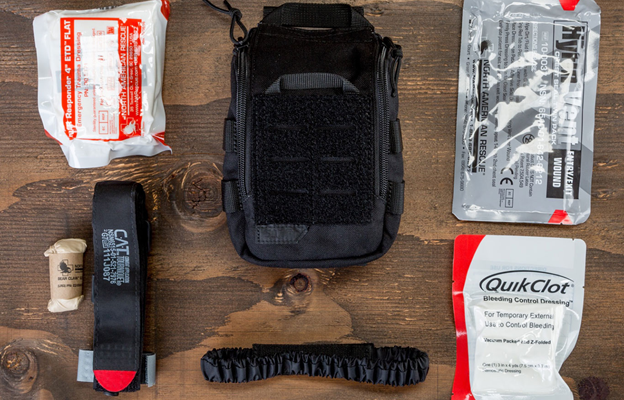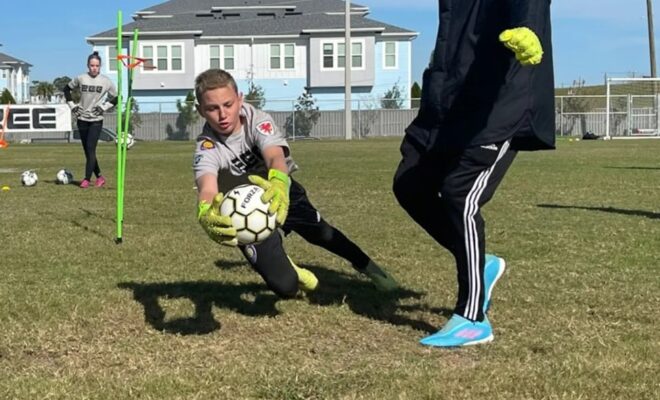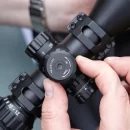What Goes Into An IFAK Kit And Why You Need One

First things first, what is an IFAK kit?
IFAK stands for ‘Individual First Aid Kit’. IFAK kits were first seen widespread in the military as they can be carried on your person and provide instant access to the medical equipment needed to control the bleeding of injuries such as gun shot wounds and prepare the wound for proper medical attention, which increases the patients chances of survival in an emergency.
The IFAK kit has now been more widely adopted with people from all walks of life carrying them, whether it’s a medical professional, a person going hiking or for storage in the back of a car for emergencies.
Why Do You Need an IFAK Kit?
The need for an IFAK kit extends beyond scenarios involving combat or gunshot wounds. In everyday life, emergencies can occur without warning, and having an IFAK kit can be a lifesaver. Here are some compelling reasons to have an IFAK kit:
- Emergency Preparedness: Natural disasters, accidents, and unexpected injuries can occur at any time. An IFAK kit equips you with the necessary tools to respond effectively, potentially preventing a situation from becoming worse.
- Immediate Medical Assistance: In emergencies, every second counts. Having an IFAK kit allows you to provide critical first aid, such as controlling severe bleeding or stabilizing a fracture, which can significantly impact the outcome.
- Convenience: IFAK kits are designed to be compact and portable, making them easy to carry with you wherever you go. This ensures that you always have access to essential medical supplies, whether you’re at home, on the road, or exploring the great outdoors.
The importance of having basic first aid readily available is underscored by research, such as the study by Hussain and Redmond, which found that “39 percent of pre-hospital deaths might have been preventable with the provision of basic first aid” (British Medical Journal, 1994). This statistic highlights the critical role that immediate medical intervention can play in saving lives.
Key Components of an IFAK Kit
The contents of an IFAK kit can vary based on personal preferences, specific needs, and the user’s level of training. However, some essential items should be included in every IFAK kit to ensure comprehensive emergency care:
- Tourniquet: A tourniquet is essential for controlling life-threatening bleeding from limbs. Popular options include the Combat Application Tourniquet (CAT), SAM, and SWAT-T tourniquets. Proper training on how to apply a tourniquet is crucial, as incorrect use can be ineffective or cause harm.
- Wound Packing Materials: Effective wound packing can stop severe bleeding. Conventional gauze or haemostatic gauze, which contains agents that promote rapid clotting, are common choices. Haemostatic gauze like Celox Rapid or QuikClot can stop bleeding faster but requires specific training and is more costly.
- Trauma/Pressure Dressing: After packing a wound, a trauma dressing, such as the Israeli Bandage, applies additional pressure to control bleeding and secure the gauze. These dressings are vital for managing severe injuries effectively.
- Trauma Shears: These specialized scissors are designed to safely cut through clothing, allowing quick access to wounds without causing further injury to the patient.
- Nitrile Gloves: Wearing gloves protects both the responder and the patient by maintaining hygiene and reducing the risk of infection and exposure to bloodborne pathogens.
- Rescue Blanket: A rescue blanket helps maintain body temperature and prevent hypothermia and shock after an injury. Options range from basic foil survival blankets to advanced, heated blankets for more effective thermal management.
Additional items that can enhance an IFAK kit include chest seals for treating open chest wounds, nasopharyngeal airways to secure an airway, medical tape for securing dressings, triangular bandages for support and splinting, plasters for minor cuts, and CPR face shields for safe resuscitation efforts.
Storing Your IFAK Kit

Choosing the right storage solution for your IFAK kit is crucial for ensuring quick and easy access during emergencies. The container should be compact, organized, and readily accessible. Here are some recommended storage options:
- ACT-PAK Vacuum Kits: These kits are vacuum-sealed and waterproof, making them ideal for individual carry in pockets, bags, or for storage in cars and homes. The vacuum seal ensures that the contents remain sterile and ready for use.
- 5.11 UCR IFAK Pouch: This pouch is designed to be compact and attachable to your gear using MOLLE webbing. It features a Velcro front for attaching medical patches or name plates, making it easy to identify in an emergency.
- Individual Emergency IFAK Pouch: This small pouch has a wide opening and pull cords for quick access, maintaining a low profile that doesn’t get in the way while attached to your bag or body. It fits easily into most bag pockets and is ideal for personal carry.
For public spaces, larger kits like the ACT-multiPAK Bleeding Kits can be strategically placed to ensure multiple users can access them quickly. These kits are designed for easy distribution in high-traffic areas and are essential for large organizations or events.
The Importance of Training
Owning an IFAK kit is only part of being prepared for an emergency. Proper training is crucial to ensure that you can use the contents of the kit effectively. Training helps you become familiar with each item, understand its purpose, and learn the correct techniques for using it. Regular practice builds muscle memory, enabling you to respond quickly and efficiently in high-stress situations. Additionally, training can boost your confidence, making you more likely to take decisive action when every second counts.
Conclusion
An IFAK kit is an invaluable tool that everyone should consider having. By being prepared and trained, you can significantly improve the chances of a positive outcome in an emergency, potentially saving lives and reducing the severity of injuries.










